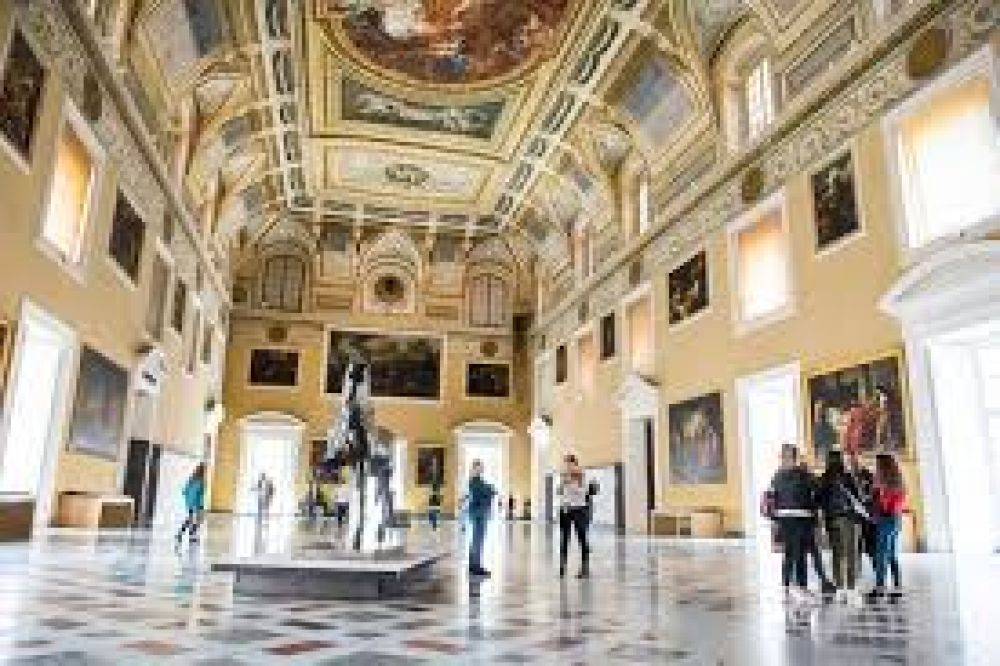The Naples National Archaeological Museum is one of Italy's most prominent and important archaeological museums, known for its extensive collection of Greek and Roman antiquities. Located in the heart of Naples, the museum is housed in a large building that was originally intended to be a cavalry barracks, but it became a museum in the late 18th century when King Charles VII of Naples and Sicily established it to display the Farnese Collection, which he inherited. The museum's collection includes a vast array of artifacts from the Roman Empire, including mosaics, sculptures, gems, coins, and glassware. Notably, it also houses many of the finds from nearby Pompeii, Herculaneum and other sites affected by the eruption of Mount Vesuvius in 79 AD. These extraordinary collections provide an in-depth look at the daily life, art, and culture of the ancient Roman civilization. Among its most famous exhibits are the Farnese Bull and Hercules, the mosaics from the House of the Faun in Pompeii, and an impressive collection of Egyptian artifacts. The museum's vast array of exhibits makes it a must-visit for historians, archaeologists, and anyone interested in ancient history.

